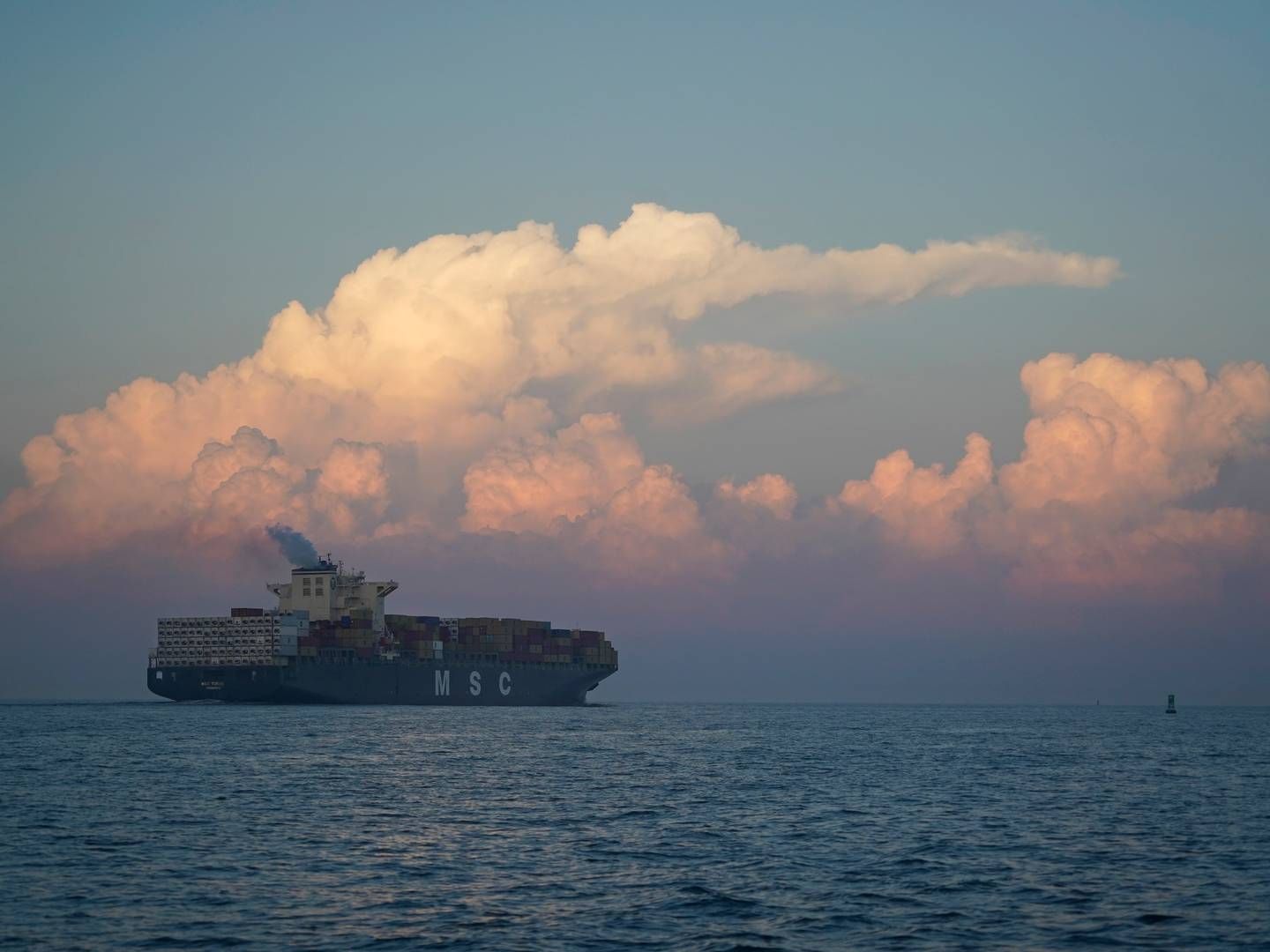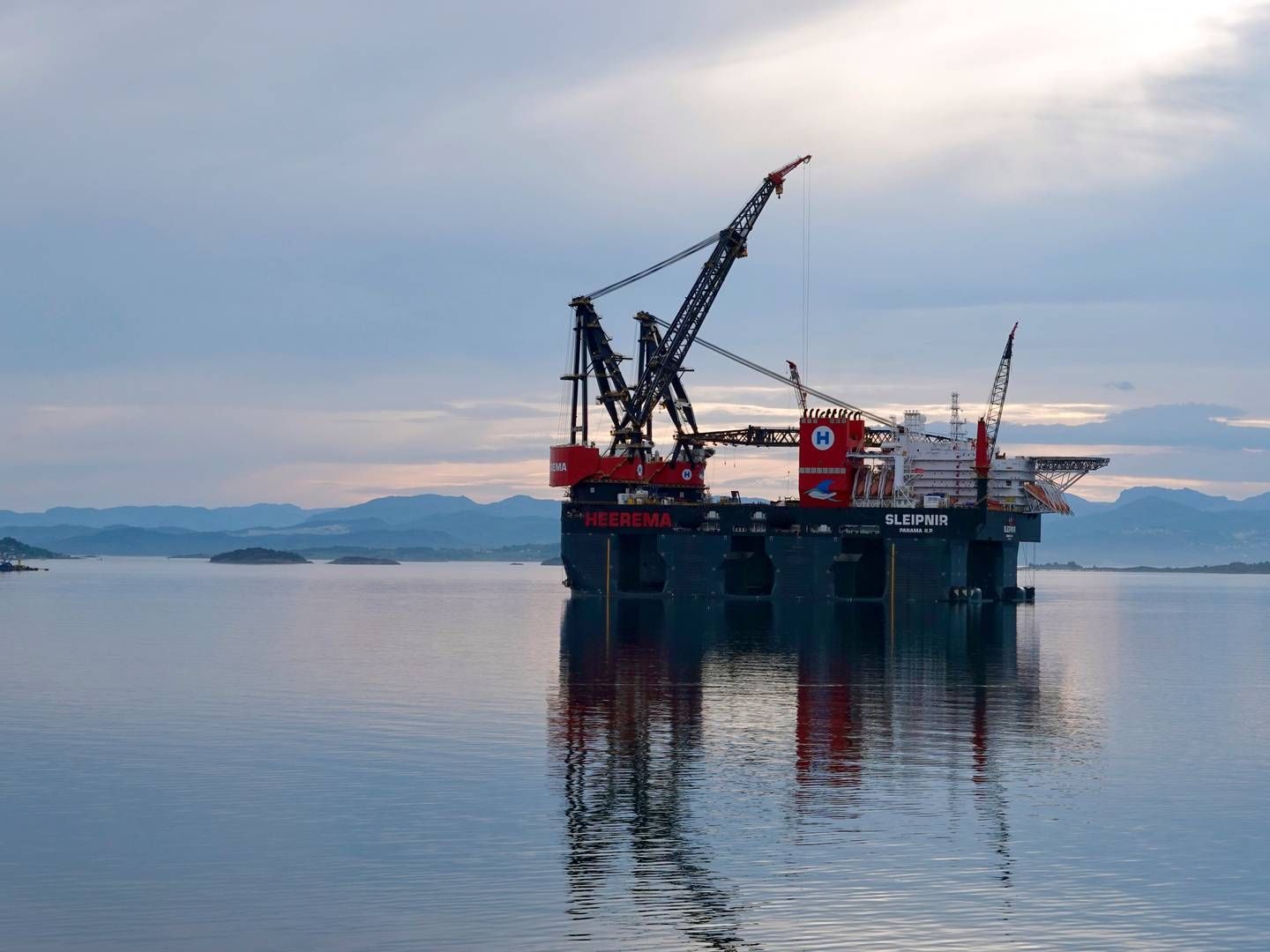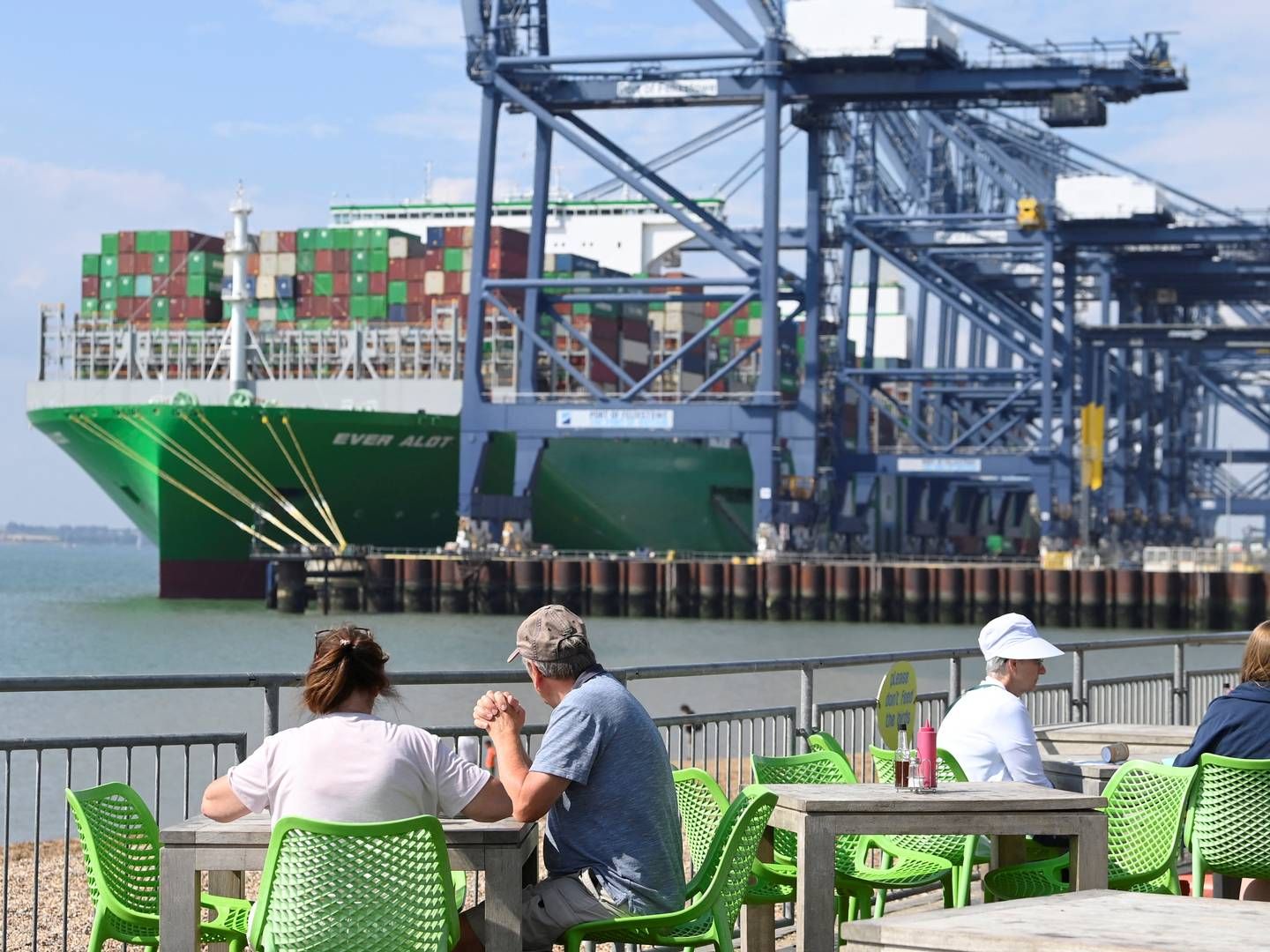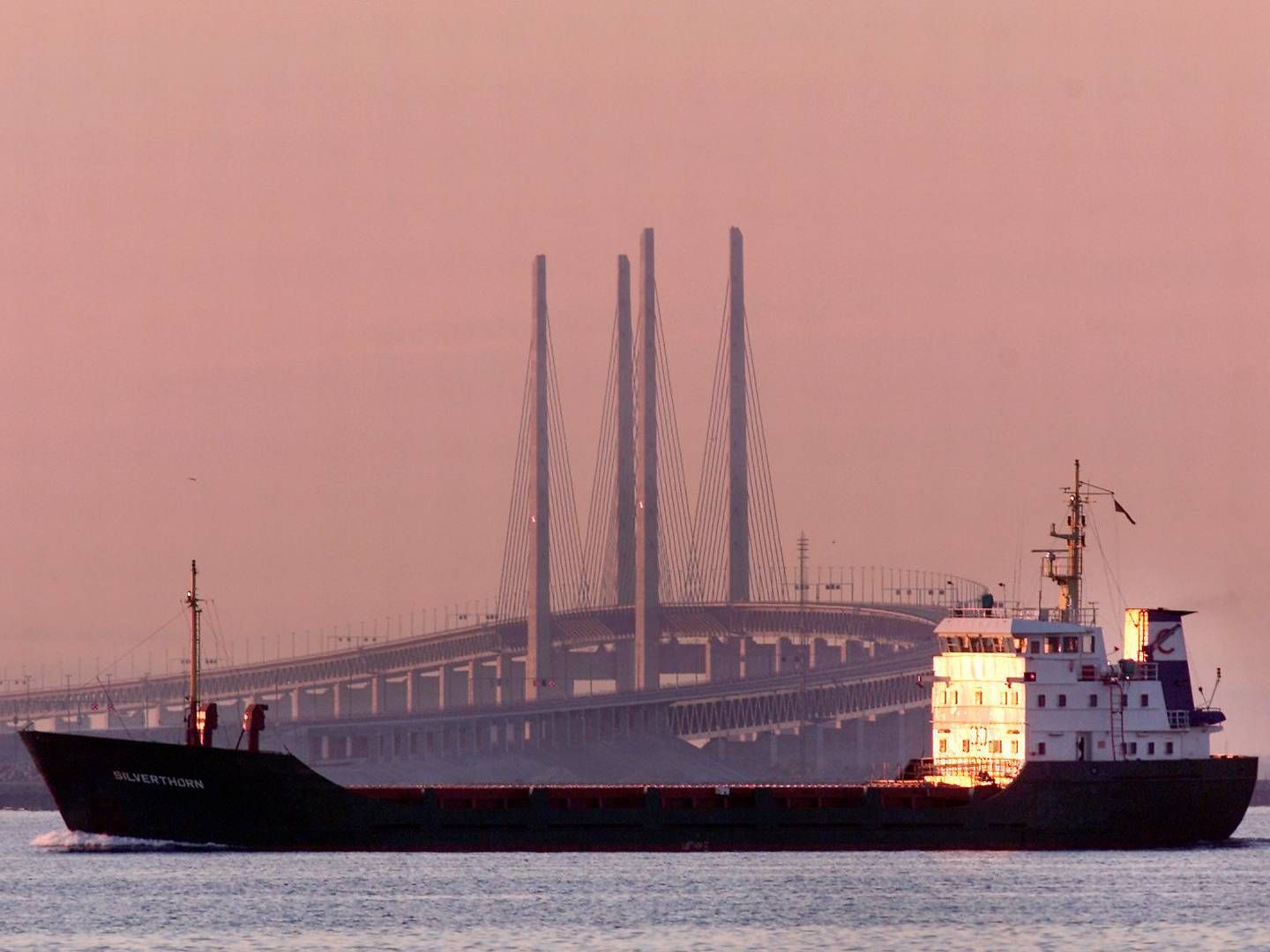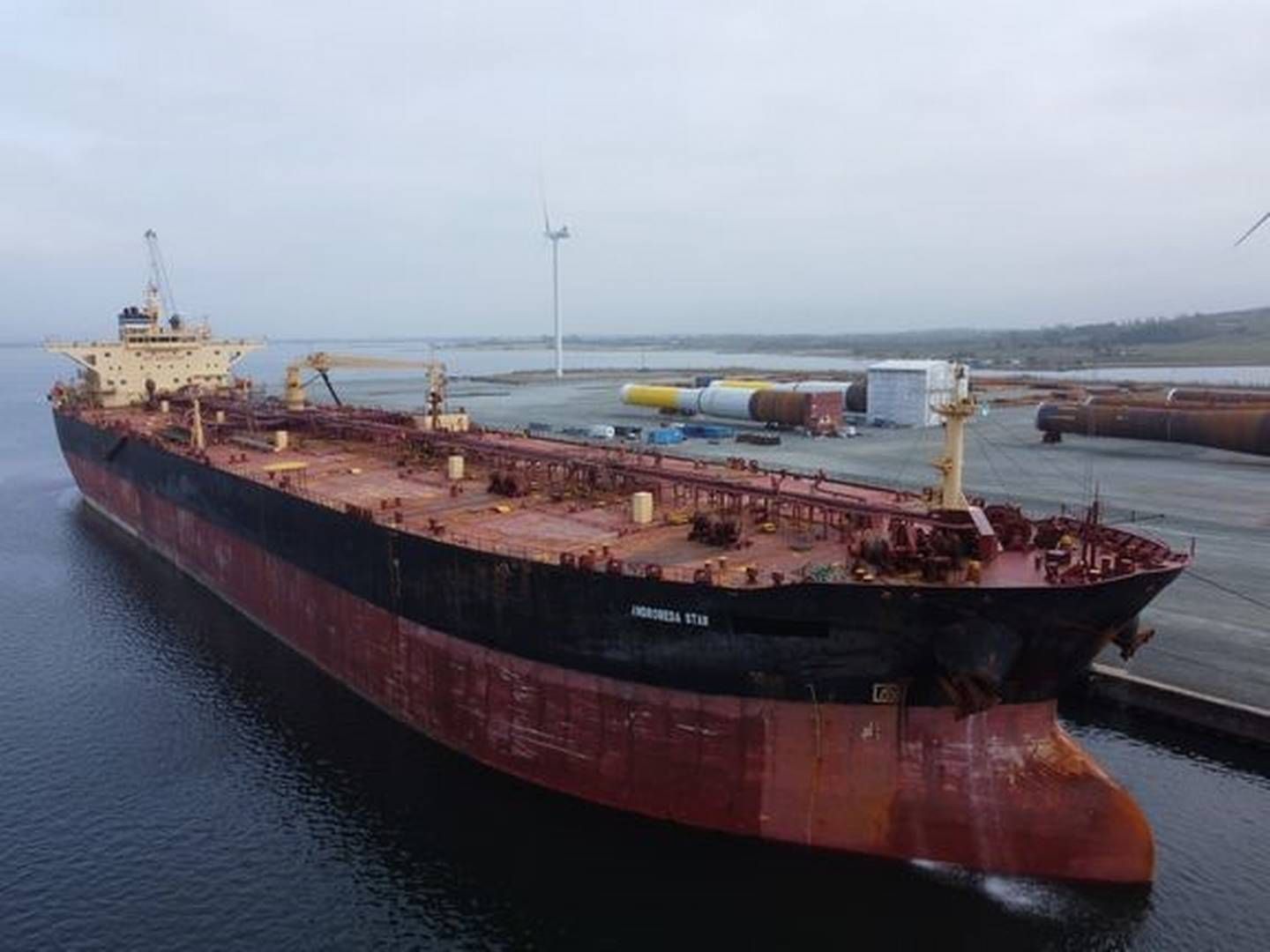Offshore wind energy shipping and logistics: Major opportunities ahead
Based on the European Union (“EU”) 20-20-20 renewable energy regulations and the EU Directorate General Climate Action’s “Roadmap 2050”, the offshore wind energy sector is taking off in a major way based on a largely politically driven agenda. For the shipping and logistics industries, this presents a significant - and very welcome - opportunity going forward in a time of financial turmoil and crisis with an otherwise mostly bleak outlook for the business, writes recent eMBA in Shipping and Logistics from Copenhagen Business School (“CBS”) Thomas Poulsen based on his MBA thesis research project.

At the core of the MBA thesis research was the Wind Scenario Model (“WSM”) tool assembled based on more than 20 independent and verified sources. First, the WSM tool built a point of view on the different available wind market forecasts by extrapolating the data out from the most commonly available time horizon (2030 with one data source available until 2035) to 2050 as the outer year, creating 3 different scenarios. This point of view included a global outlook on onshore versus offshore wind turbine installations in the future. Subsequently, the WSM tool was used to generate a point of view on the shipping and logistics spend for the total supply chain now and going forward viewed as a part of the total wind farm installation costs. Here, price point efficiencies based on increased China based increased original equipment manufacturer (“OEM”) wind turbine competition and expected shipping and logistics industry efficiencies played a critical role in the research along with a break-down of the actual supply chain into different operational components.
More than 170 people were interviewed during in excess of 110 separate interviews conducted on 25+ individual trips within Europe, Asia, and the Americas. The empirical data gathering efforts were made up of both interviews and site visits conducted in Denmark, Sweden, Norway, Germany, Holland, Belgium, Singapore, China, USA, as well as Panama. Approximately 15 of the interviewees played a significant role in assembling the underlying operational flow diagrams. It was these operational flow diagrams which enabled the making of assumptions in the WSM tool pertaining to the distribution of total logistics/supply chain spend at a high level (segregation of spend on land, ports, shipping, and intermediates). In addition, the operational flow diagrams and associated assumptions enabled a further breakdown of for example different kinds of shipping spend: The WSM tool can therefore segregate short-sea versus inter-continental shipping spend as well as different segments of the offshore shipping spend such as positioning of finished components versus actual wind turbine installation.
30-40 years lifespan
Based on the global geographical scope and the outlook up to 2050, the WSM tool can be used to support for example a financial investment calculation or market study. The WSM tool was created especially with long-term use real assets in mind such as investments in land development, transport infrastructure, and ocean going vessels. All of these types of investments have a lifespan of at least 30-40 years and a lot of the existing research before the creation of the WSM tool only had a 20+ year scope. This created a disparity amongst the traditional players who did not feel that the wind shipping and logistics market was sufficiently transparent and clear from an investment and market outlook perspective.
The MBA thesis analyzed the structure and composition of the wind energy industry from a supply chain management (“SCM”) point of view. The thesis researched the need for shipping and logistics solutions, the types of services required, and the different constituencies involved. From the MBA thesis research, it was concluded that:
Offshore wind
Especially the offshore wind market is taking off and represents a dramatic market opportunity for both existing players but also new entrants in the shipping and logistics industry. Companies with an existing competence which is adjacent to or immediately transferrable to the offshore wind segment could benefit from considering a market entry to take advantage of this rapidly growing market segment in the near future.
China is now the largest wind energy market in the world and whereas this is a different market to compete in compared to traditional Western markets, also the Chinese offshore market segment is growing very rapidly. As is also the case with the EU, binding legislation drives the Chinese wind energy market forward based on the implementation of the 12 5-year Plan.
A number of non-traditional players such as OEM’s, utilities, and engineering / procurement / construction (“EPC”) companies have entered the shipping and logistics industry already which indicates both that the solutions offered are not yet mature. But it could also mean that the more traditional players have not yet committed sufficiently to these growing market segments. In addition, the roles of many different constituencies such as ports, shipyards, and rail companies are changing in order for these types of companies to be able to take advantage of the rapidly emerging wind energy market.
Wind heritage
Basis is the significant wind energy heritage stemming especially from the two OEM’s now trading under the names of Vestas and Siemens Wind Power, Denmark has a unique opportunity when it comes to knowledge management, knowledge transfer, and thought leadership also in the shipping and logistics industries as it pertains to wind power. As a country, Denmark was a pioneer in terms of wind energy along with several other nations. It therefore follows that very early on in the lifecycle of the offshore wind market segment, Denmark made significant strides and took significant risk. This was not always “good business” for the country as a whole or some of the pioneering OEM’s but the result of this first-mover role generated e.g. from Horns Rev I and other early offshore projects is now clear from an infrastructure, experience, and knowledge perspective.
As Denmark continues to invest in offshore wind through the recently agreed climate plan activating the Horns Rev III and Kriegers Flak projects, other nations are quickly coming up to speed as well. With the advantage of having to make less of a “bleeding edge” type investment, larger nations such as UK, Germany, Spain, France, South Korea, Japan, and China have already entered - or are now actively entering - the offshore wind installation race thus driving up demand for skilled resources, related equipment, and surrounding systems. From a macro-economic perspective, Denmark’s unique “blue” heritage and experience from the maritime sector could - and should! - be used to harness the distinct advantage the country possesses from a national vantage point: By embracing the country’s leadership position and ensuing ability to assist the rest of the world in building up knowledge and skills within offshore shipping and logistics, Denmark ought to actively engage in knowledge transfer by supporting the emerging wind shipping and logistics industry. In this way, both government organizations and private companies can make a significant contribution to an improved global climate. While also making a bit of profit at the same time…





